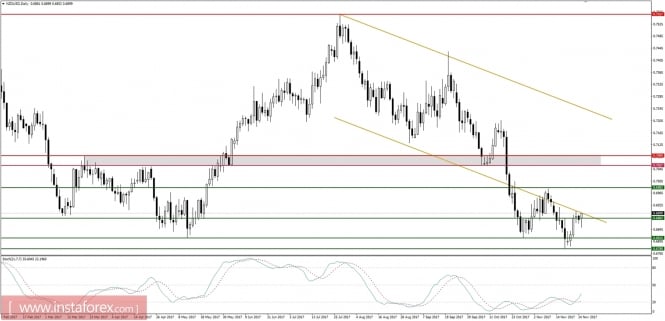New Zealand new government's policies will boost GDP, inflation and possibly the OCR. Increased government spending will certainly boost activity, but a decrease of private activity must also be considered. Meanwhile, the Government's plans to cool the housing market and reduce net migration will weigh on the economy next year, so that the Reserve Bank of New Zealand will not need to raise interest rates until late 2019.
Last week's data releases highlighted some of the conditions for a slowdown in growth in the near term. Retail spending figures were at the level of modest gain of just 0.2% in the September quarter, after a 1.8% rise in the June quarter. In New Zealand, consumer spending growth tends to be closely correlated with the strength of the housing market. The latest slowdown in retail spending suggests that the relationship is alive and well. House sales are down by about a third from last year's peak, and the double-digit house price growth seen in previous years has given way to a period of quite subdued gains.
Labour's planned fiscal stimulus and minimum wage increases will, on their own, put upward pressure on the OCR. Labour's other policies, including plans for free tertiary study and policies that will dampen the housing market, will weigh on inflation. In terms of fiscal policy, the new political coalition looks set to spend more than the previous Government, only partly funded by an extra tax. Spending will be weighted towards education and health.
Let's now take a look at the NZD/USD technical picture in the H4 time frame. After a bounce from the level of 0.6780, the market is now moving towards the golden channel trend resistance around the level of 0.6910 and if this level is violated, then the next technical resistance is seen at the level of 0.6982. The oversold market conditions support the view.

